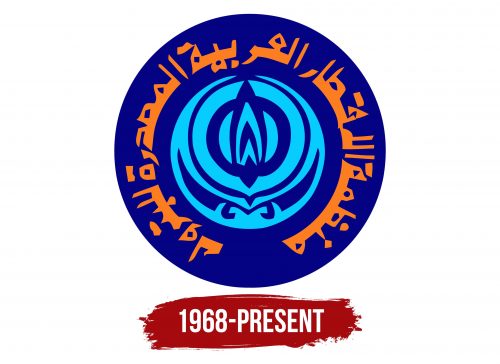OAPEC: Brand overview
| Founded: | January 9, 1968 |
| Founder: | Saudi Arabia, Kuwait, Libya |
| Headquarters: | Kuwait |
| Website: | oapecorg.org |
Established in 1968, the Organization of Arab Petroleum Exporting Countries, or OAPEC for short, was the brainchild of three nations: Saudi Arabia, Kuwait, and Libya, with its central office anchored in Kuwait. The inception of this alliance was majorly catalyzed by the aftermath of the 1967 Arab-Israeli war, specifically the Western nations’ favoring stance towards Israel. The Arab countries, particularly the oil producers, saw an opportunity to wield oil as a strategic tool in international diplomacy.
OAPEC’s most defining moment arrived in 1973 when it imposed an oil embargo against the US and certain Western allies. This was a direct consequence of the latter’s backing of Israel during the Yom Kippur war. The embargo had a ripple effect on global oil prices, which surged fourfold. This event highlighted the formidable influence that Arab oil nations held over global markets.
With time, the association saw an influx of new members, such as Algeria, Bahrain, Egypt, Iraq, Qatar, Syria, Tunisia, and the UAE. Central to OAPEC’s mission has been orchestrating harmony among its constituents on subjects like production quotas, pricing strategies, and joint oil-related infrastructural projects. Their core aim revolves around fortifying Arab petroleum exports and assuring just compensation for them. Historically, their decisions have played pivotal roles in shaping oil prices globally.
In the contemporary setting, even though OAPEC might not be as pronouncedly dominant as in its heyday, it still stands as a crucial collaborative platform for Middle Eastern oil-exporting countries, especially in today’s unpredictable oil trading landscape.
Meaning and History
The logo of OAPEC (Organization of Arab Petroleum Exporting Countries) resembles a seal composed of a dark blue circle that thoughtfully incorporates two main elements: the organization’s full name in Arabic and an Eastern-style flower symbolizing oil extraction from the earth. The text is in orange, creating a striking contrast against the blue background, arranged in a circle with soft and flowing glyphs, enveloping a prominent blue pattern resembling a blossoming bud. This design element highlights the value of the earth’s natural resources, particularly oil, which are central to OAPEC’s mission.
The logo’s choice of colors and symbols conveys a deep respect for the natural wealth that OAPEC’s member countries possess and manage. The Eastern-style flower not only represents the oil industry but also adds a cultural touch that reflects the heritage of the Arab world. The circular arrangement of the organization’s name in Arabic, with its soft and smooth lettering, emphasizes unity and continuity, key principles of OAPEC’s collaborative efforts in petroleum exporting.
Overall, the OAPEC logo masterfully combines traditional symbolism with modern design to reflect its role in the global oil industry, the cultural roots of its members, and their shared commitment to managing the earth’s precious resources. Through its visual identity, OAPEC communicates its importance and values aesthetically pleasing and deeply meaningfully.




